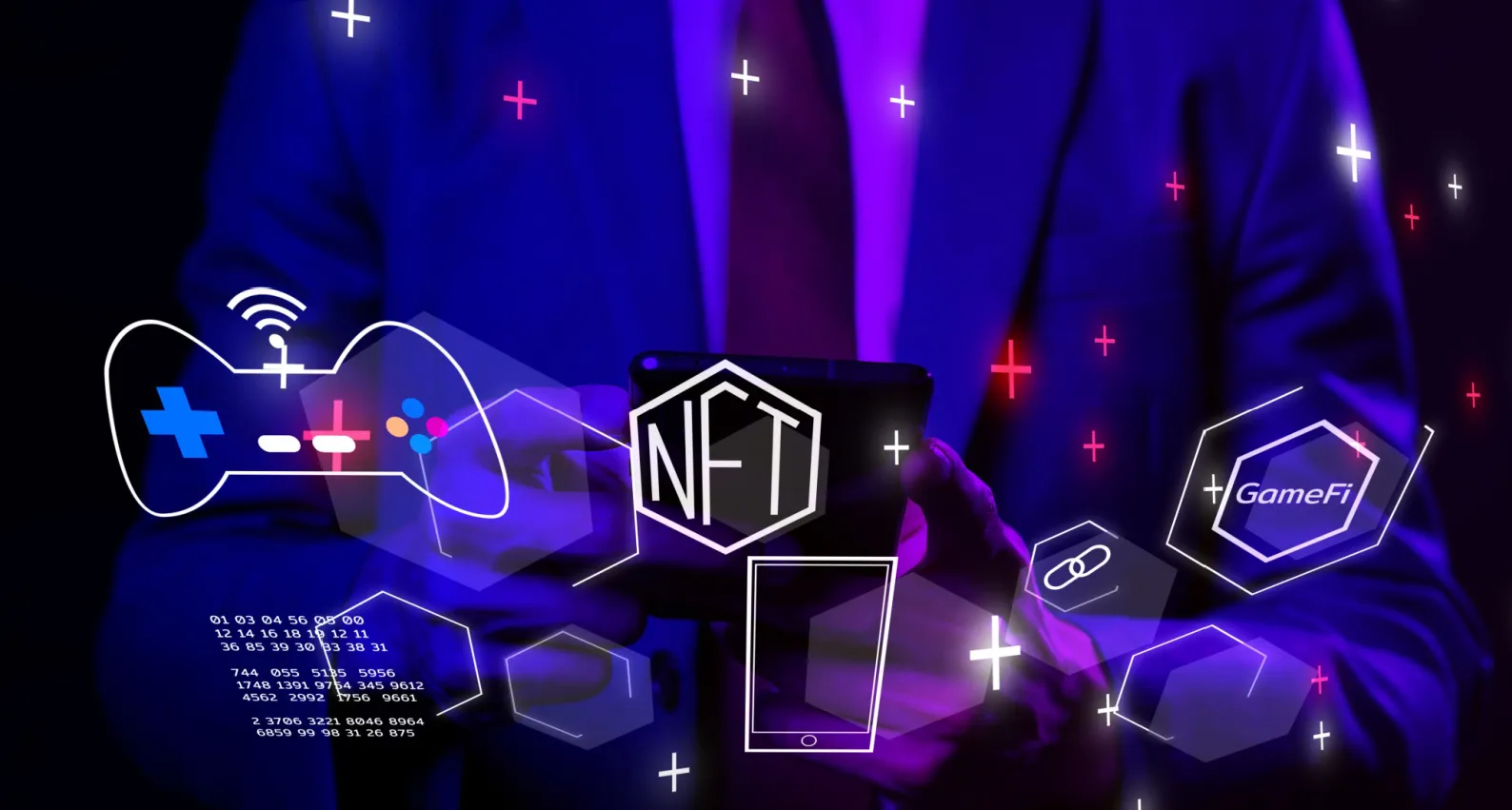The brutal wave of NFT game shutdowns in 2025 has cleared away hype‑driven experiments that never learned to keep players, funds, or fun in balance. I see the closures as a reset that opens the door for console-quality studios and smarter token models to step in and build products that feel like games first and crypto second.
Key takeaways
-
Many 2021‑era projects ran out of cash because user growth flat‑lined once the token price stopped rising.
-
Unsound tokenomics taught investors and designers that earning mechanics must serve the game loop, not replace it.
-
Funding alone can’t save a title; Ember Sword’s $203 million land sale still ended in offline servers.
-
Big studios such as Gunzilla, with Off the Grid, show how AAA polish plus optional blockchain perks can win over console audiences.
-
The market isn’t dead, it’s trimming weak shoots so sustainable projects can get sunlight.
Funding Gaps Exposed
I watched Nyan Heroes raise $13 million, hire a crack dev squad, and still fold by May 2025 once fresh capital dried up. That story wasn’t unique. Blast Royale burned through $5 million and then open‑sourced its code in a last‑ditch gesture of goodwill. Ember Sword sold virtual plots worth an eye‑watering $203 million during the 2021 craze, yet the servers went dark after the team cycled blockchains and missed milestone after milestone. These numbers prove that seed rounds, even gigantic ones, buy time, not certainty.
Traditional mobile and PC studios take nothing for granted: they obsess over day‑one, day‑seven, and day‑thirty retention. Many Web3 teams chased token launches instead of those boring KPIs, so they missed the moment users stopped coming back. I’ve spoken with founders who assumed a rising token would mask weak engagement “long enough” to secure the next raise. Venture capitalists grew wise, secondary markets froze, and the oxygen vanished overnight. Cash flow matters more than token float, and 2025 hammered that lesson home.
Tokenomics Must Grow Up
Players flee when they feel like there is no liquidity. Early play‑to‑earn economies printed rewards faster than new buyers arrived, dumping pressure on anyone who held the token for fun rather than a flip. Mojo Melee’s pivot to AI exposed how little faith its creators had in their own economy once the yield dried up, they sprinted into a hot new sector.
Future designs need caps, sinks, and velocity tuned to real user behavior. I’m a believer in “proof of play”: issue tokens only after the player finishes a match, wins a quest, or hits a skill benchmark. Tie supply to effort, not time elapsed. I’d rather see a season‑pass style drop where only the top five percent earn legendary skins that can be resold. That scarcity keeps value tight and turns speculation into aspiration. Tokens should feel like a badge you earned, not a paycheck you dumped.
AAA Studios Hold the Key
Indie Web3 teams broke ground; now giants must pave the road. Sony filed patents for blockchain‑based digital rights back in 2023, hinting at a stealthy plan to connect PlayStation wallets to mainstream games.
Ubisoft already dipped its toe with Quartz in Ghost Recon Breakpoint. I expect the next wave of NFTs to emerge within franchises that already generate hundreds of millions of dollars in cosmetic sales. Imagine Fortnite letting you mint a limited outfit directly from the locker, then list it inside Epic’s own marketplace no confusing bridges, no browser extensions, just a menu you already trust.
Console ecosystems add a gatekeeper, but they also supply a fortress of security and marketing muscle. When a gamer spends $70 on a boxed copy, they demand polish, branding, and customer support. Small crypto studios struggled to meet those standards. Big publishers can. Once the tech fades into the background and trading feels as painless as buying a battle pass, I predict all gamers will own blockchain items without realizing it.
Off the Grid Shows What’s Next
Gunzilla’s Off the Grid might be the clearest preview. The studio built a third‑person cyberpunk shooter on Unreal Engine 5 with the same slick movement you’d expect from Apex Legends. NFTs sit quietly under cosmetic layers: a player can loot a rare jacket in a match, inspect its provenance, and list it on the integrated exchange. No seed phrase pops up. No gas fee dialog breaks immersion. If you hate crypto, you can scrap the item for crafting parts and move on.
I spent two hours in the closed alpha and noticed how the economy supports the fiction. A legendary cyber‑arm glows because lore says its alloy is scarce, not because some spreadsheet demands token sinks. That narrative coherence is critical. Players forgive monetization when it fits the universe. Off the Grid nails that alignment, which makes me optimistic that blockchain hooks can feel natural rather than bolted on.
Practical Advice for Builders
Focus on retention first. Nail a session loop that keeps at least 40 percent of day‑one users returning after a week. Postpone token emissions until your analytics dashboard shows a stable core audience. Offer custodial wallets at launch; give advanced users the option to self‑custody later. Lock in a console partnership early, because certification timelines stretch months and can kill momentum if left too late. Finally, create a bear‑market survival plan: keep twelve months of burn in stablecoins or fiat, cap founder salaries, and stagger hires behind milestone hits.
I’d also urge new teams to court community moderates, not maximalists. Hardcore crypto traders chase yield and leave when the APR dips. Mid‑core gamers stick if they feel respected, informed, and slightly rewarded. That group builds sticky discord servers, streams content, and converts friends. Aim for them.
Projects that pass these stress tests will own the next chapter. I survived two crypto winters and learned that winter breeds discipline. Games that find product-market fit in February will generate revenue in July.
The shake‑out of 2025 wasn’t a funeral, it was a controlled burn. Weak saplings died, but healthy trunks gained room to grow. I’m betting that by 2027, the term “NFT game” disappears because every major title will quietly use the tech under the hood. Players won’t talk about wallets; they’ll talk about last‑second victories, rare drops, and how good it feels to trade a skin straight from the console dashboard. The future looks bright once we stop lighting money on fire just to watch the charts move.
Frequently Asked Questions
Here are some frequently asked questions about this topic:
Why are so many NFT games shutting down in 2025?
Most projects failed due to poor user retention, weak token models, and funding shortfalls once speculative hype died down.
Does this mean NFT gaming is over?
Not at all. The shutdowns are a healthy reset, clearing the way for better-designed games with real player value and long-term potential.
What role do AAA studios play in NFT gaming’s future?
Large studios like Gunzilla are leading the shift by integrating blockchain quietly into high-quality, console-ready experiences like Off the Grid.
What lessons can new NFT game developers learn?
Focus on gameplay first, delay token launches, build for retention, and simplify onboarding—then layer in blockchain where it enhances value.
Will players need to understand crypto to enjoy future NFT games?
No. The best upcoming games will use blockchain tech behind the scenes, with optional features for those who want to trade or collect.



